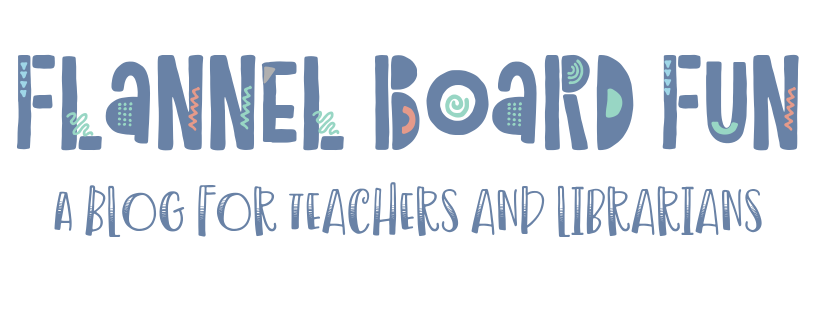Building independence and a sense of responsibility in young children is an important job for a teacher or for anyone with young children in their life. When children are given little jobs or tasks to complete, it builds their confidence, competence, and self-esteem. (A side bonus is that it generally makes life easier for the adults around them, too!)
My classroom was always busy with art activities. Children needed to be closely supervised with certain tools, and large easel paintings had to be hung by an adult. That busyness necessitates children helping out in lots of ways, so that the classroom can run smoothly, and so everyone can feel like an important part of their little classroom community.
I used two drying racks in my classroom. One was for easel paintings to hang from (this was a teacher job), and one was for smaller works involving paint or glue. It's at this drying rack that the children really helped out--they placed their own work on the shelf, carefully placing it so it wasn't on top of another item.
This is such a simple task for an adult, and at first having the children do it themselves probably makes things a bit more difficult for everyone. They need to balance their bodies as they bend or reach to fit their paper in an empty spot; they need to keep the paper face up and relatively flat so collage materials don't fall off and paint or glue doesn't drip; sometimes they need to use one hand to pull a shelf out to get their work put away. All of those aspects and the challenge they present for the kids are what make the job so valuable. The children feel so accomplished when they master this skill! They feel helpful, confident, and an important part of the classroom. And the teachers are able to monitor all the other activity going on in the classroom with one less thing to worry about. Win-win!
Do you encourage independence in this or similar ways? Are you tempted to just do things for the children to make things faster? I'd love to hear your ideas--leave a comment!
Want more preschool-related stuff?




























